When East Japan Railway Company (JR East) announced that Harajuku Station would be demolished after the Tokyo 2020 Olympic and Paralympic Games, many people expressed their regret online.
"Buildings from the good old days are disappearing one by one. I'll miss them."
"New isn't always best."
"That retro station building looks cool and is on the fashion front line. It's sad."
Decades of memories

This Twitter posts says, "The wooden Harajuku Station is to be demolished after the 2020 Games. Another memory from the Showa era will be gone."
We asked the poster about his memories. He is a 56-year-old company worker from Saitama Prefecture, neighboring Tokyo. As a high-school student he worked part-time at the station for three years.

He recalls groups of youths known as the "Takenoko Tribe" and the "Roller Tribe." They wore gaudy outfits and danced in the street.
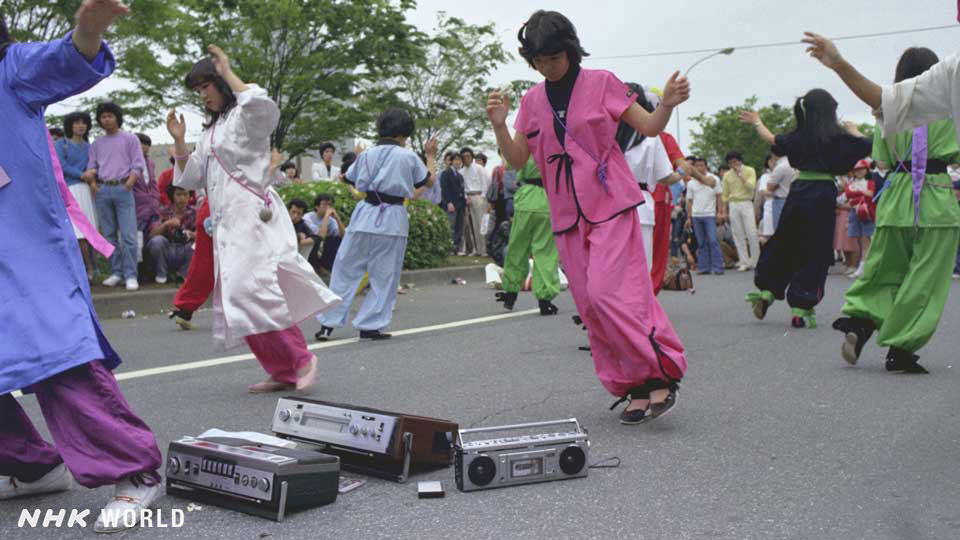
"Compared to other stations, Harajuku Station had an atmosphere in which the staff could act more freely," he says. "If we played music or made announcements in a casual manner, it was accepted. I always enjoyed working there."
He says the streets around the station have changed a lot since the time he worked there. But the station building was one part of the scenery that never changed.
"I feel relieved when I look at the unchanging station building," he says. "I'm sorry that so many memories will be gone."
Change is inevitable
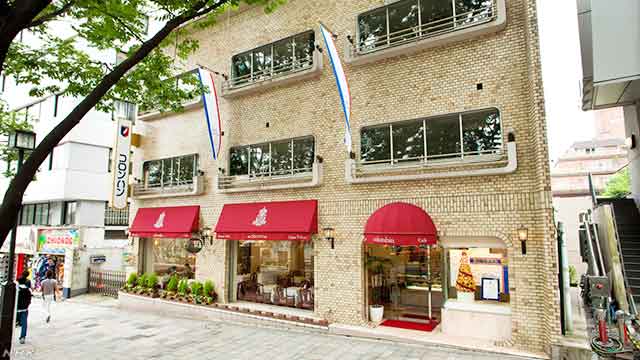
A confectionery store 300 meters from Harajuku Station was founded in 1924 -- the same year the station building was completed -- and has been in its current location for 50 years.
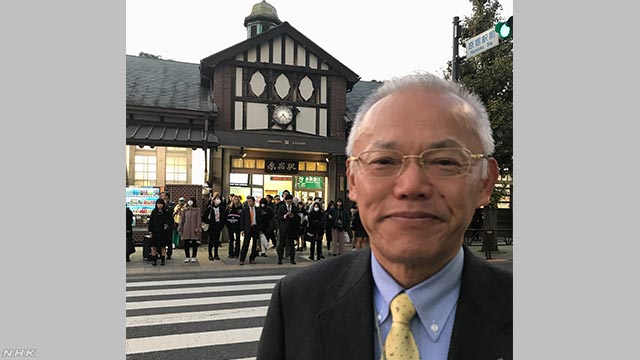
Toshifumi Ozawa, who runs the company that owns the store, has plenty of memories of Harajuku Station.
"It has history and has been loved by so many people," he says. "The people who built it 95 years ago would have never imagined Harajuku would be a major town like this. I thank the station building for being a symbol that connects the town and nature and for having watched over us through the years."
Ozawa is sad, but pragmatic about the demolition of a building that has played a major role in the development of the area.
"Given the number of users and the congestion around the station, the demolition might be necessary," he says. "But I feel very sorry that the station building will be gone. I hope at least some of the look of the building will be kept instead of demolishing the whole structure."
Surviving the war
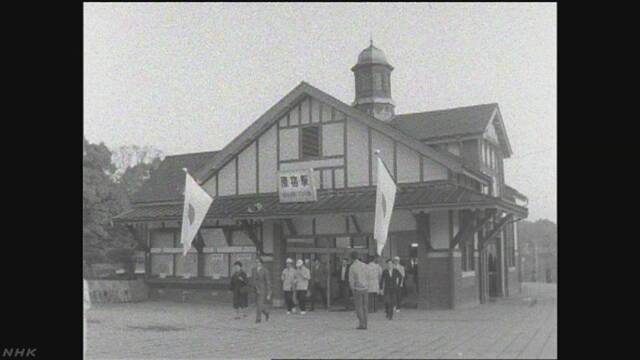
The current station building was finished in 1924 and is the oldest of JR East's wooden station buildings. It's built in the European "half-timbered" style, with columns and beams exposed on the outside.
During World War Two, Harajuku was damaged in the Tokyo air raids. Though nearby Aoyama Dori and Omotesando streets were leveled, Harajuku Station escaped damage.
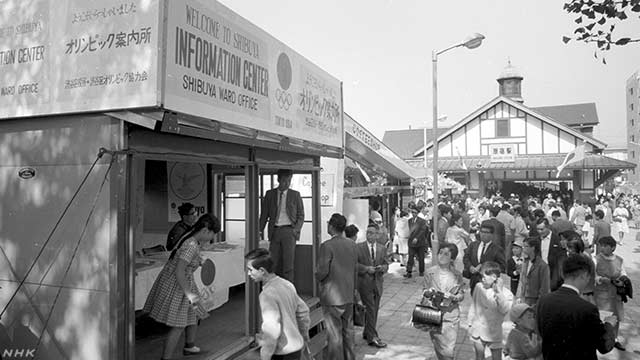
During the Tokyo Olympic games of 1964, swimming events were held at Yoyogi National Stadium and weightlifting at Shibuya Public Hall. The Olympic information office was set up at Harajuku Station, which is close to both venues.
Since the start of this century, the station has been popular among visitors from overseas as the gateway to Harajuku, a sacred place for the so-called "kawaii" culture of cuteness.

In 2016, the railway announced its plan to renovate the station as it expects to have many more users leading up to the 2020 Olympics.
The company started work on a new building at a site adjacent to the current station, promising it would consult local businesses and residents on whether to demolish the current building.
In October, 2016, Shibuya Ward, in which Harajuku Station is located, submitted a request to JR East. Many people had told the ward they want the station building to be preserved, saying its location beside the tranquil Meiji Shrine grounds makes it special.
Spanner in the works
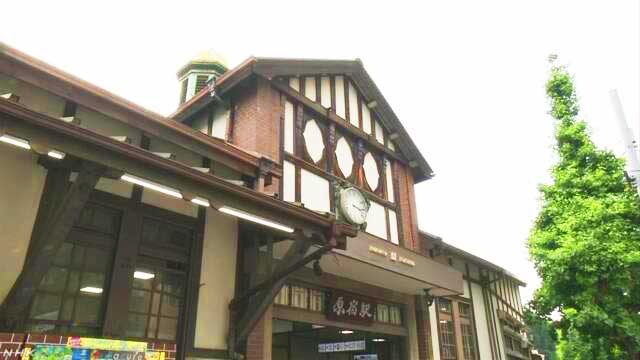
But problems became apparent. The area around the station is designated as a fire protection district. To use the building for anything other than a train station, it needs to go through a "change of intended usage" application as required by building regulations.
As the current station building does not meet the fire resistance standards to change the intended usage, JR East felt it had no option but to tear it down if the development was to go ahead.
The company aims to recreate the current structure as far as possible. The new building will be eight meters south of the current location and cover about a quarter of the current area.
The railway says it will consider using as much material as possible from the old building.
Final memories
Since the news of the demolition plan, more and more people have been coming to make a few final memories of the station.
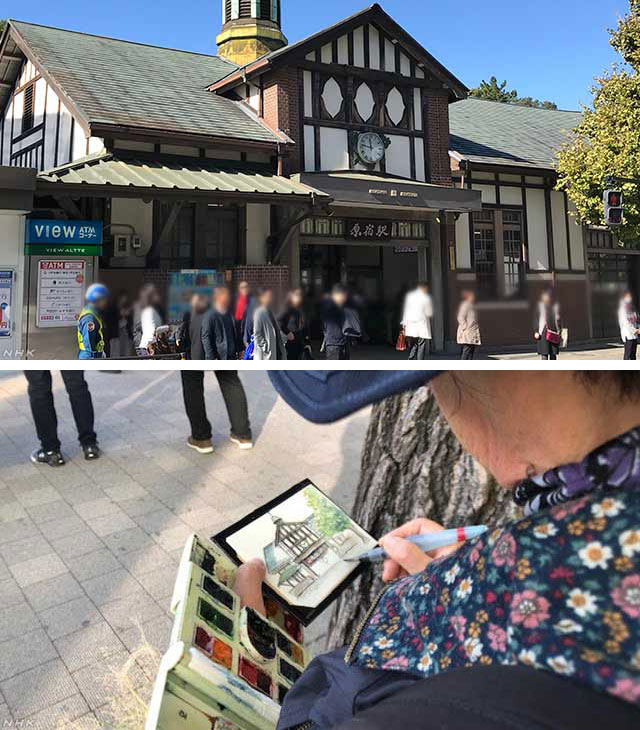
One woman from Chiba Prefecture, near Tokyo, had come with art in mind.
"After I heard the news, I decided to do a painting of the station," she says. "I will miss the station, as will all the people who've loved it for years."
Now, the millions of people who have passed through Harajuku Station may be wondering if they'll one day grow as fond of whatever arrives to replace it after the Olympics.



